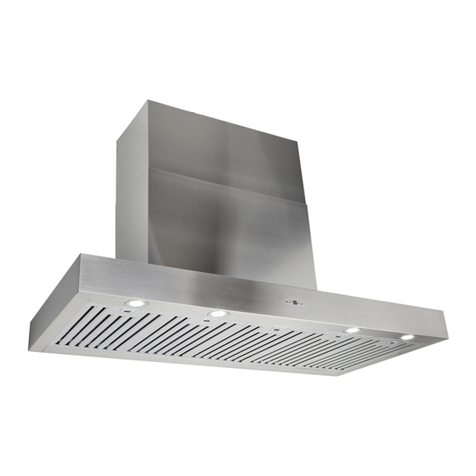Schweigen DS3326B-9S User manual
Other Schweigen Ventilation Hood manuals

Schweigen
Schweigen NAUM-6 User manual

Schweigen
Schweigen UM1170-12BS User manual

Schweigen
Schweigen WINU-6B User manual
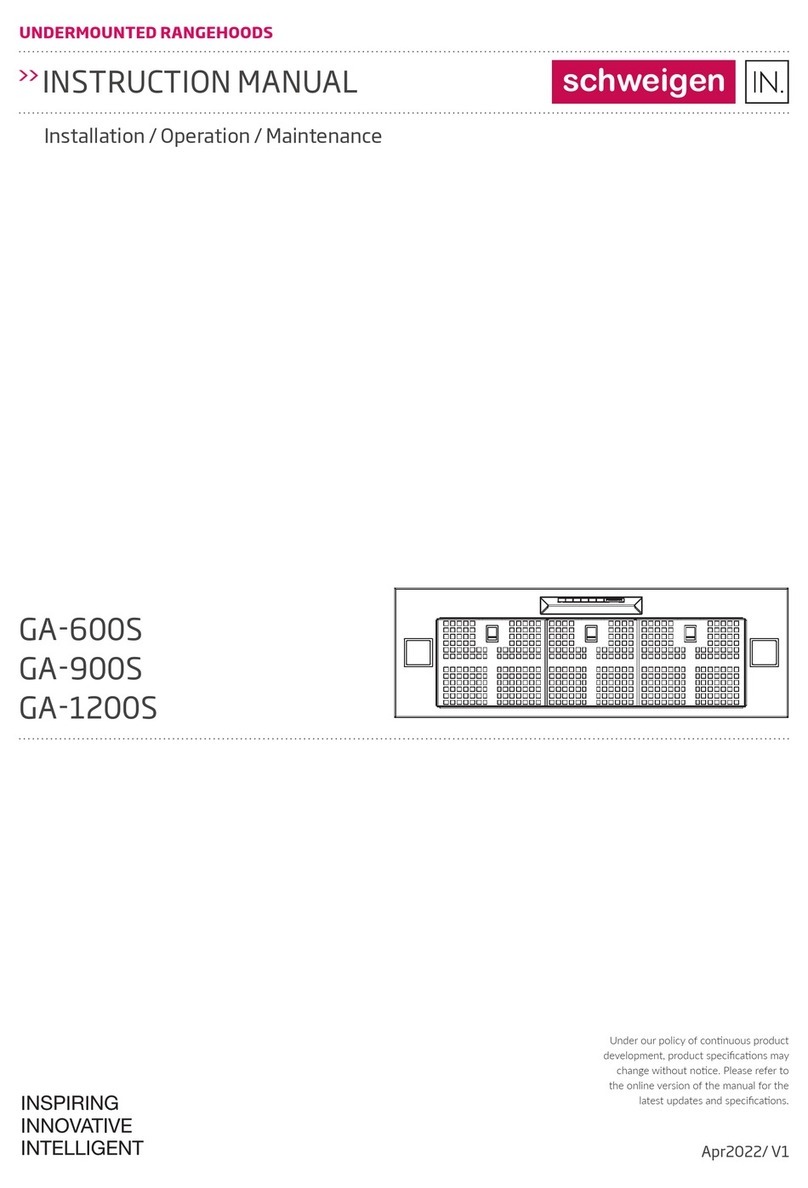
Schweigen
Schweigen GA-1200S User manual
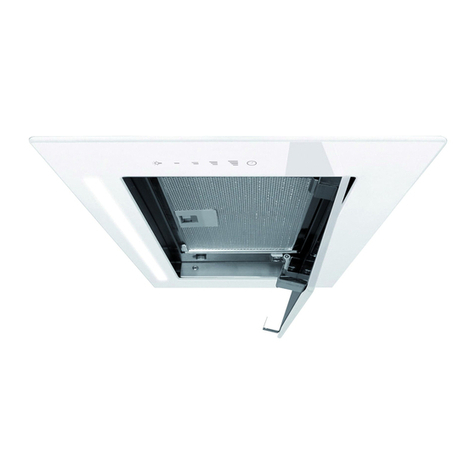
Schweigen
Schweigen KLS-9GLASS User manual

Schweigen
Schweigen UM-12UMS User manual
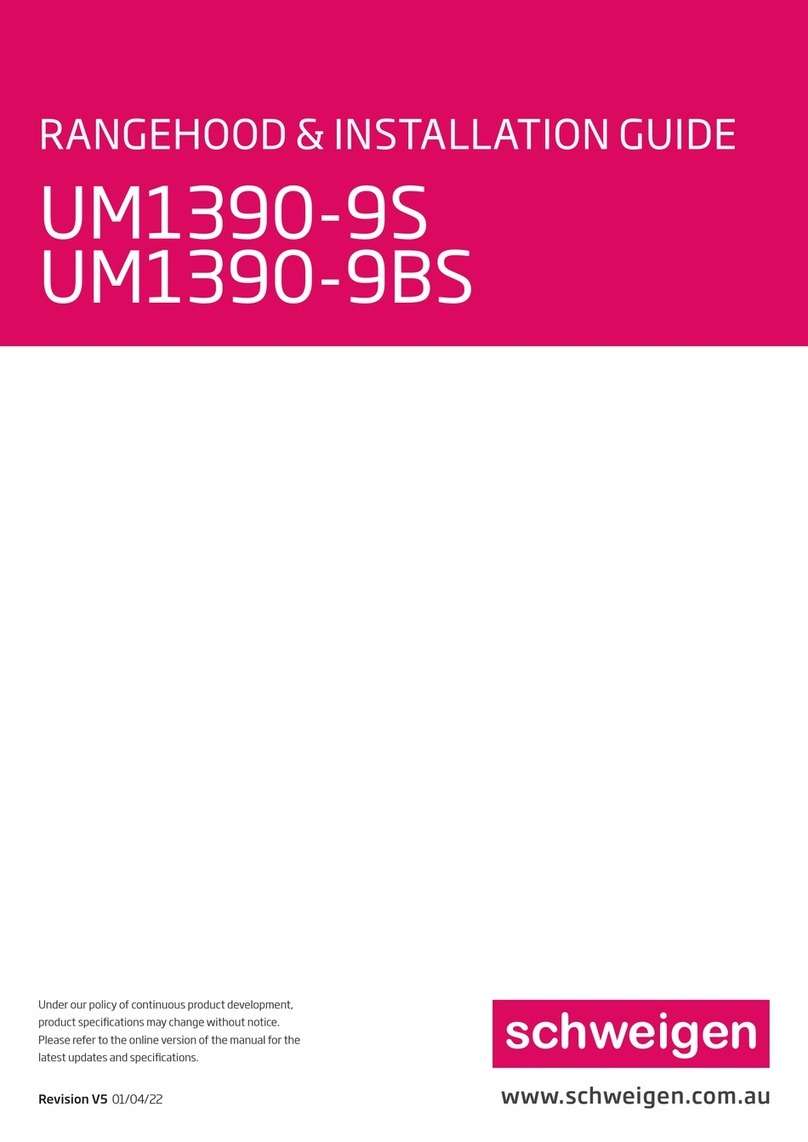
Schweigen
Schweigen UM1390-9BS User manual
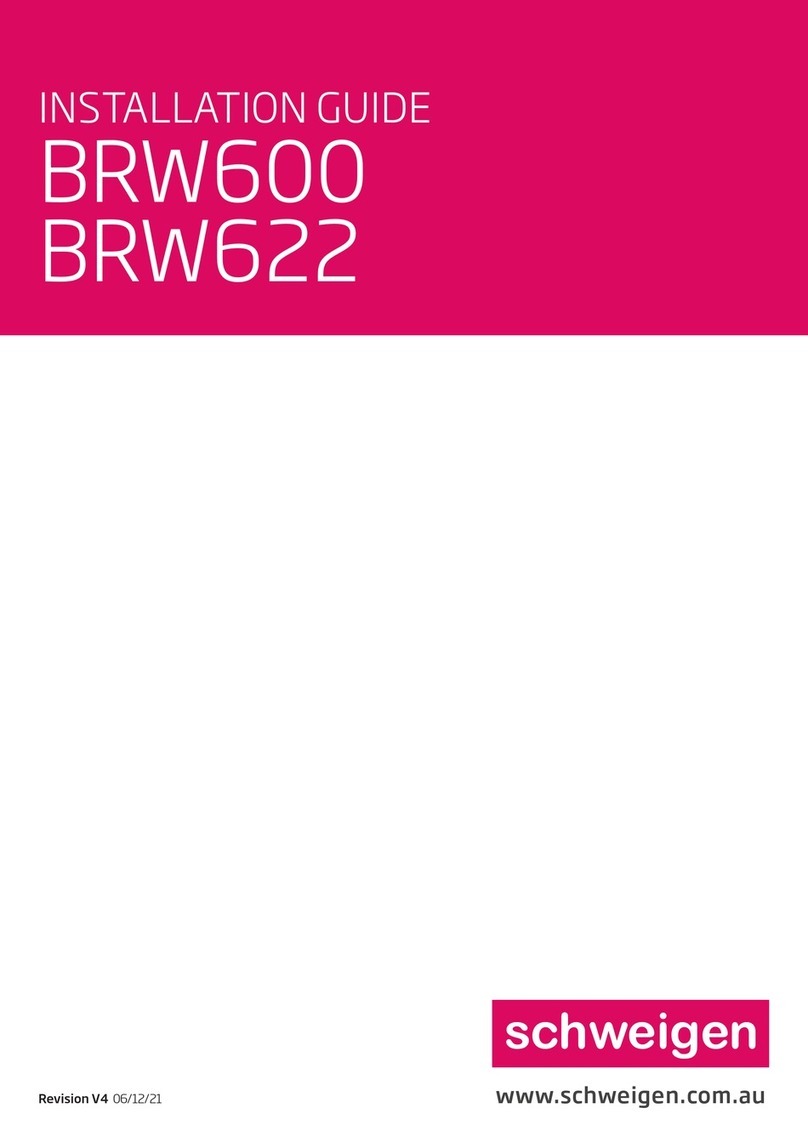
Schweigen
Schweigen BRW622 User manual
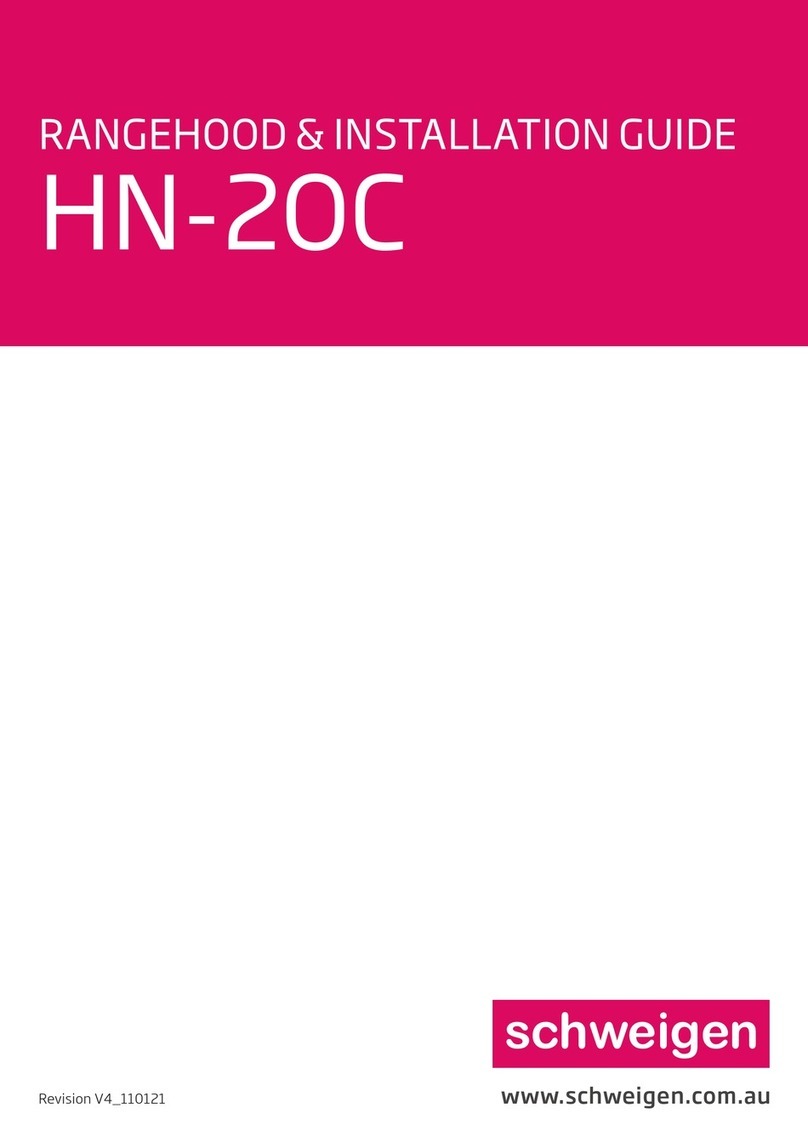
Schweigen
Schweigen HN-20C User manual

Schweigen
Schweigen UM1390-6BS User manual

Schweigen
Schweigen SCC1200-SP User manual

Schweigen
Schweigen CL7272SP2 User manual

Schweigen
Schweigen EV-6UCQS User manual
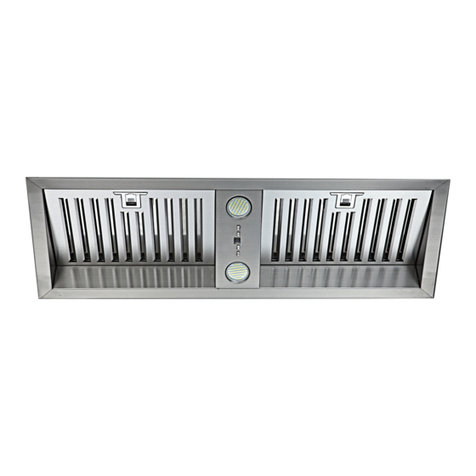
Schweigen
Schweigen UM-9S User manual

Schweigen
Schweigen UM1170-6S User manual
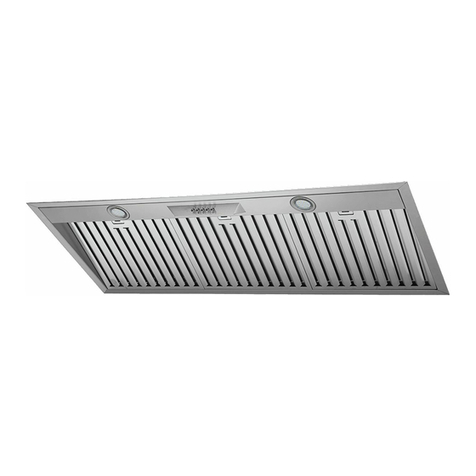
Schweigen
Schweigen CLUM12S User manual

Schweigen
Schweigen CLUM15S User manual

Schweigen
Schweigen GG-901 User manual
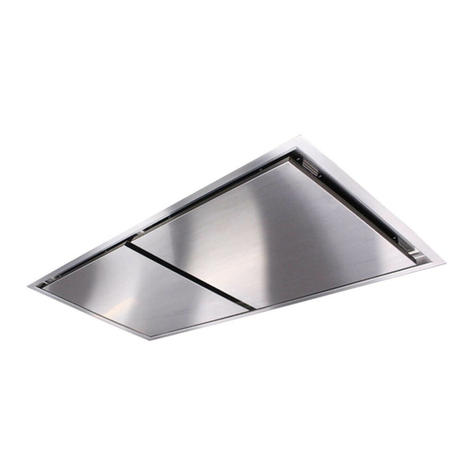
Schweigen
Schweigen UM1000-1S User manual
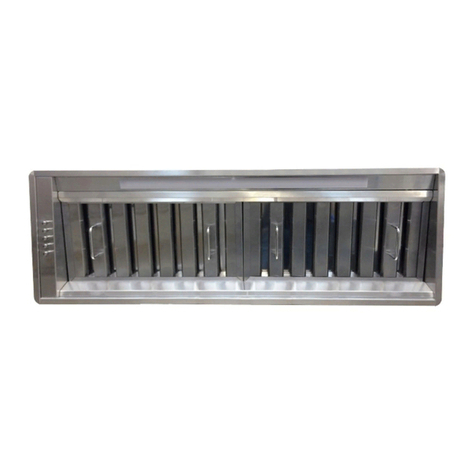
Schweigen
Schweigen HN-2OC User manual
Popular Ventilation Hood manuals by other brands

Gorenje
Gorenje S3 IHGC963S4X manual

KOBE
KOBE ISX2136SQB-1 Installation instructions and operation manual

U.S. Products
U.S. Products ADVANTAGE-100H Information & operating instructions

Kuppersberg
Kuppersberg DUDL 4 LX Technical Passport

Framtid
Framtid HW280 manual

Thermador
Thermador HGEW 36 FS installation manual

